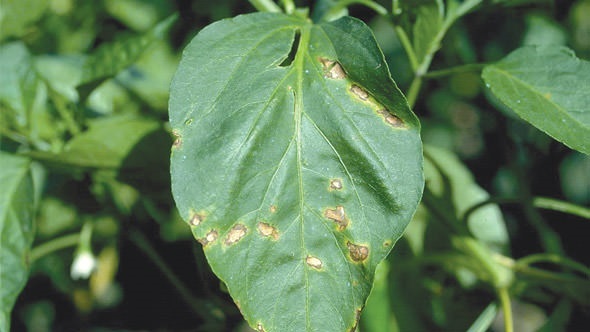Creativity Required In Tree Fruit Research
The party is getting louder. It was apple harvest time in Adams County, PA, and wings night at O’Rourke’s Pub in Gettysburg. We had plenty to celebrate. Harvest was coming to a close. This year’s crop appears to be a very, very good one for U.S. apple growers, at least those who had a crop and those who had sufficient labor to pick the crop.
Apple growers in Pennsylvania had both, so we had reason to celebrate, although the labor picture is bad and getting worse. Their fruit this year has condition, finish, and great taste. That should translate into great returns. Our table enjoyed the wings (which featured a spicy citrus-based sauce), Yuengling lager, and California wine. We discussed the day’s events, and wondered where the next party would be.
Some of you who have read my earlier columns, and remember any of them, will recall another party I attended last April, in Washington, DC — the National Workshop on Engineering Solutions to Specialty Crops Challenges. Sponsored by USDA and a number of specialty crop organizations, this two-day workshop brought together an unlikely assemblage of producers, processors, engineers, and agricultural scientists interested in providing a strategic direction for research and Extension contributing to enhanced profitability and sustainability of specialty crop industries. I wondered, and I think most attendees wondered, if it would be more than a one-night stand.
It wasn’t. In the subsequent six months, a solid group of researchers and specialty crop representatives has met via teleconference twice a month to transform our brainstorming sessions, vague wish lists, and commodity-driven agendas into a coherent and energetic strategic plan, with an
emerging leadership, a Web site (www.specialtycrop.info), and more parties, like the one in Adams County.
Up Close And Personal
More than 40 folks showed up, some veterans, but quite a few newbies, including the president of Rice Fruit Co., an amazing trio of scientists from the Robotics Institute at Carnegie-Mellon, a quintet of undergraduate engineering students at Olin College, and more. At our group luncheon, John Rice emphasized the urgency and gravity of the challenges facing tree fruit producers and processors.
First, he noted, we must ceaselessly improve production, storage, and processing efficiencies. Our tour that day included some of his company’s new orchard plantings, state-of-the-art packingline, and expanded storage capacity. It was clear Rice Fruit was putting its money where its corporate mouth was. Rice Fruit, and Adams County itself, increasingly features innovative, high-density orchards adaptable to mechanization, new orchard platform and spray application equipment, novel crop load management practices, cutting-edge IPM programs, and consumer-oriented product offerings.
Second, he added, the consumer now expects (and deserves) the kind of eating quality exemplified by Honeycrisp — as difficult to grow as it is delightful to eat. No tree fruit grower can afford to plant, produce, and harvest the wrong genetics. No sales organization can survive promoting a sub-standard inventory. Even at a 50% packout, Honeycrisp offers the grower a wonderful margin. Additionally, the consumer appears to want more than we can produce, at least to this point. Finally, Rice emphasized, we must meet society’s expectation that we operate in a sustainable and socially responsible manner.
Rice admitted he wasn’t sure how the researchers around the table would accomplish that, but he did express his conviction that his business, our national tree fruit industry, and production agriculture all desperately need the kind of research creativity and innovation represented in that group, some of whom had never even been in an apple orchard until then.
That same conviction motivated organizers Tara Baugher, Jim Schupp, Jim Travis, and Katy Lesser of Penn State University-Biglerville. As part of a state-supported Ag Innovations Program, the Penn State team has made incredible progress in developing awareness and adoption of technologies that may permit the tree fruit industry in those beautiful rolling hills to remain profitable for many more generations. The same conviction continues to motivate key USDA national program leaders Jeff Steiner and Dan Schmoldt, and Jim Cranney from USApple, who have been key drivers along the way.
I think it is fair to say that everyone there enjoyed the party and left energized and ready for the next one. Which, by the way, will be at the International Society for Horticultural Science Symposium: Application of Precision Agriculture for Fruits and Vegetables, Jan. 6-9, 2008, in Orlando, FL. Tickets are still available. See you there.










